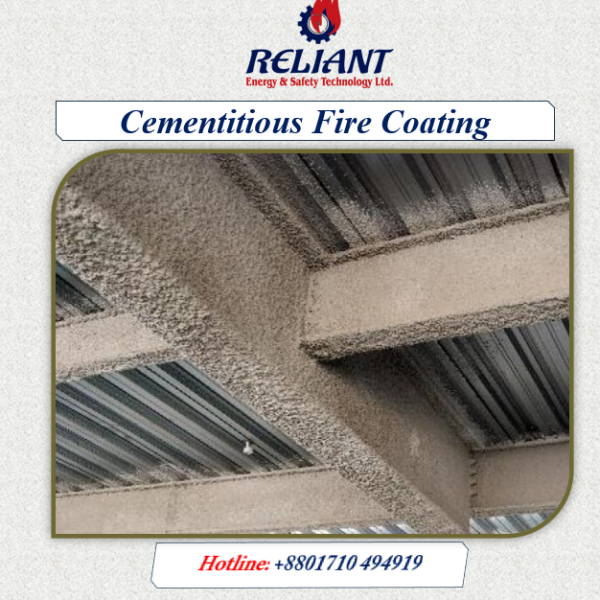A fire stop sealant or barrier is an important safety item that stops fire and smoke from spreading through holes and spaces in buildings. It is used to make a fire-resistant seal around joints, holes, and other weak spots. This keeps flames and dangerous fumes inside, protecting people and property. These items come in different types, like glue, sprays, and boards, and are an important part of fire safety systems in both business and home buildings.
Function and Importance: Openings and penetrations, like gaps around pipes, wires, ducts, and conduits, let fire move from one area to another during a fire. To stop the flow of flames and smoke, fire stop shields and sealants are made to fit over these holes and keep them shut. They separate the fire into sections and keep it at its source, which stops it from spreading to other parts of the house.
Types of Fire Stop Barrier/Sealant:
1. Intumescent Sealants: These sealants are made to grow when they come in contact with heat, blocking the opening and keeping heat out. A lot of the time, intumescent sealants are used around pipes and wires that go through floors and walls.
2. Fire-Resistant Mortar: Fire-resistant mortar is used to fill in gaps in brick walls, keeping them safe from fire in cracks and holes.
3. Fire Stop Pillows and Boards: These are used to fill in bigger holes, and they work especially well for cable trays and HVAC lines.
4. Fire Stop Foam: Fire stop foam is a stretchy substance that can fill in cracks and holes in odd shapes, effectively blocking fire and smoke.
5. Glue pads that are rated for fire: These are put around electrical boxes and outlets in walls to stop fires from spreading through these holes.
Installation and Testing: How fire stop barriers and seals are put in place is very important to how well they work. To make sure these systems meet fire resistance standards and follow building codes and rules, they should only be installed by trained pros. To make sure that the shields and sealants stay in good shape and work over time, they need to be checked and maintained on a regular basis.
Certification and Standards: To make sure they meet the fire resistance standards, fire stop barriers and sealants should be put through rigorous testing and certification by well-known testing labs. The American Society for Testing and Materials (ASTM) and Underwriters Laboratories (UL) are the two most common groups that test fire stop goods.















Reviews
There are no reviews yet.